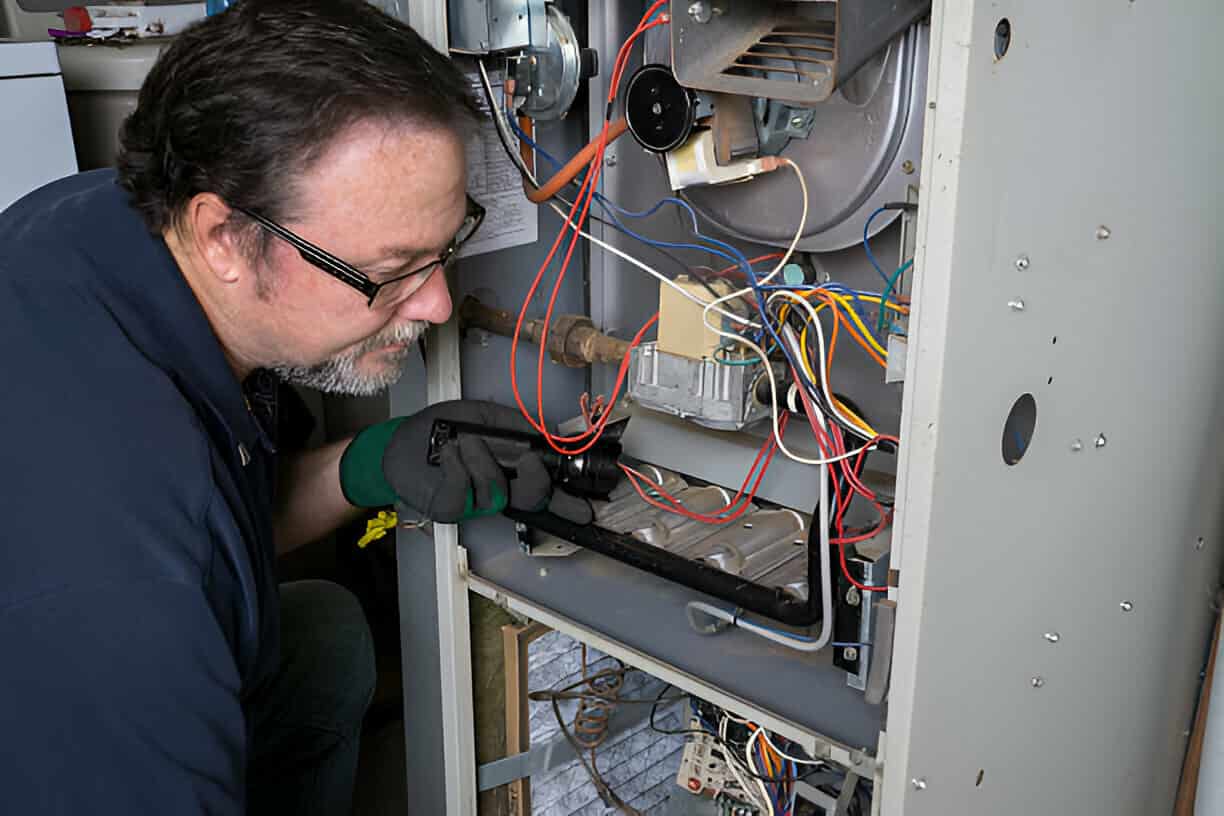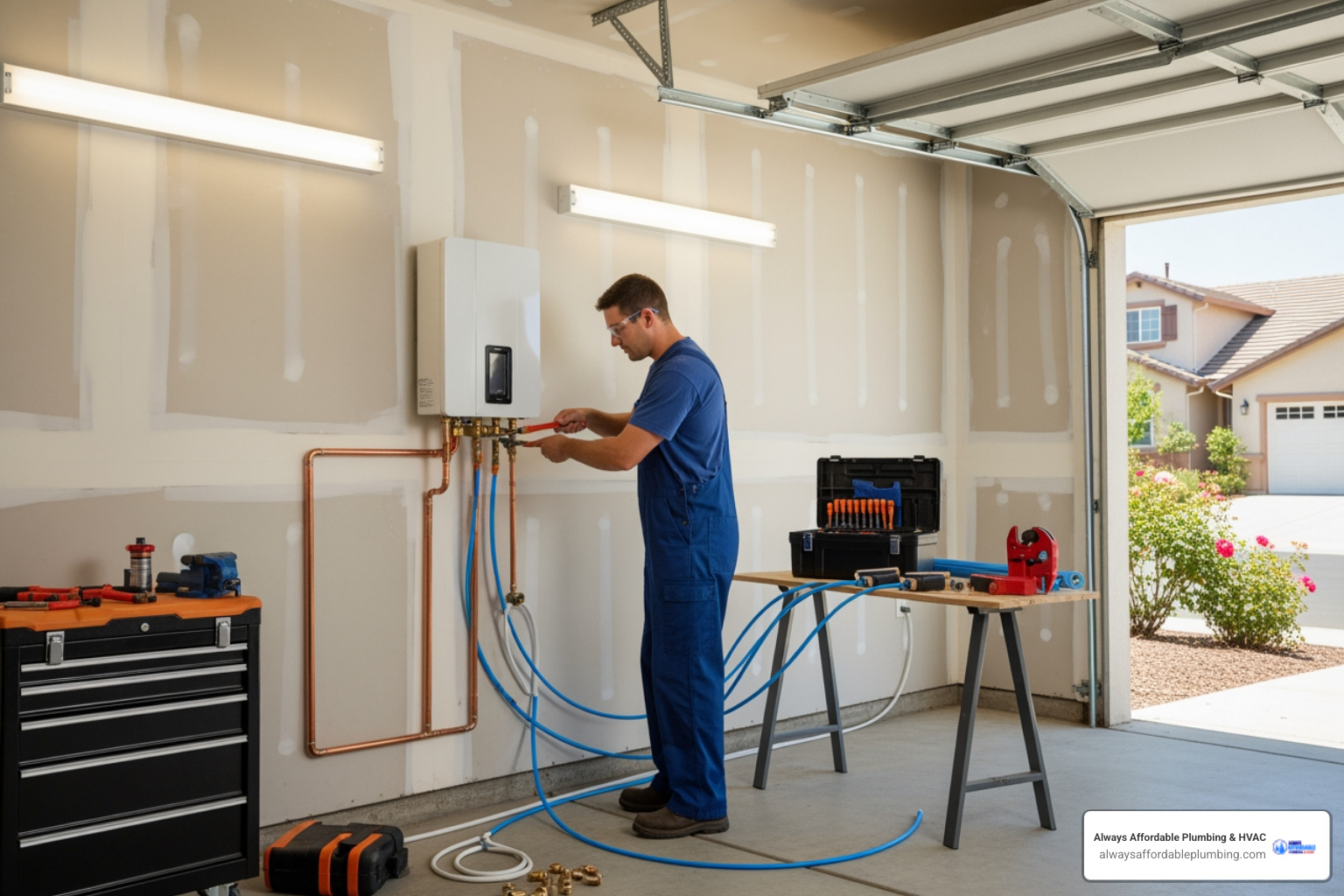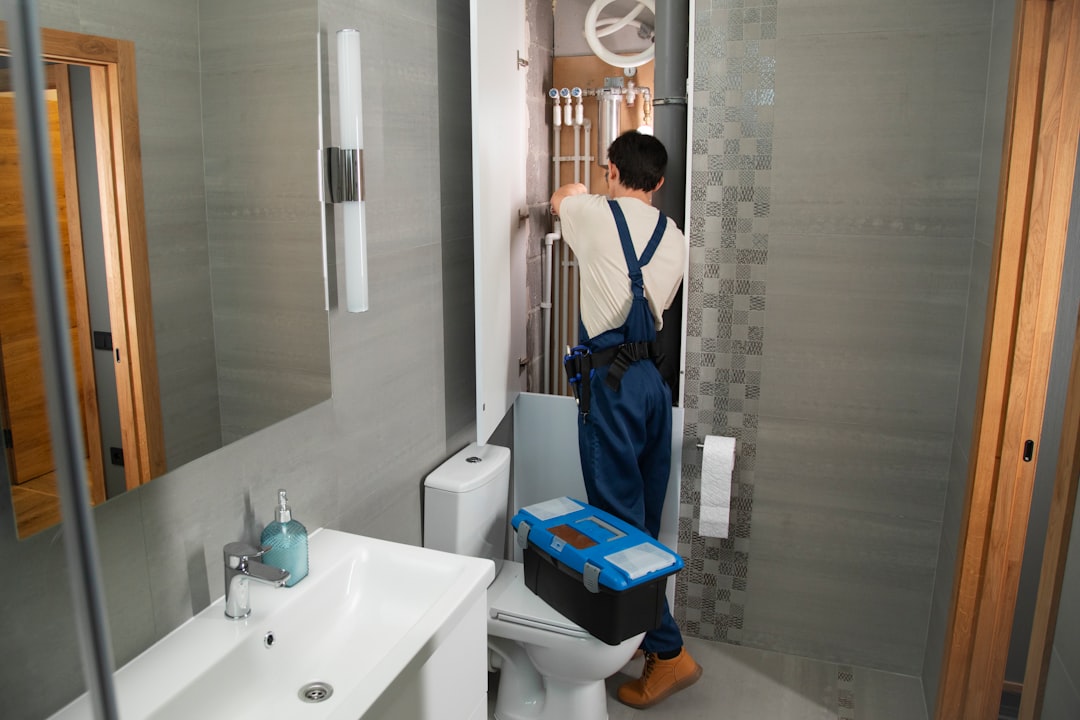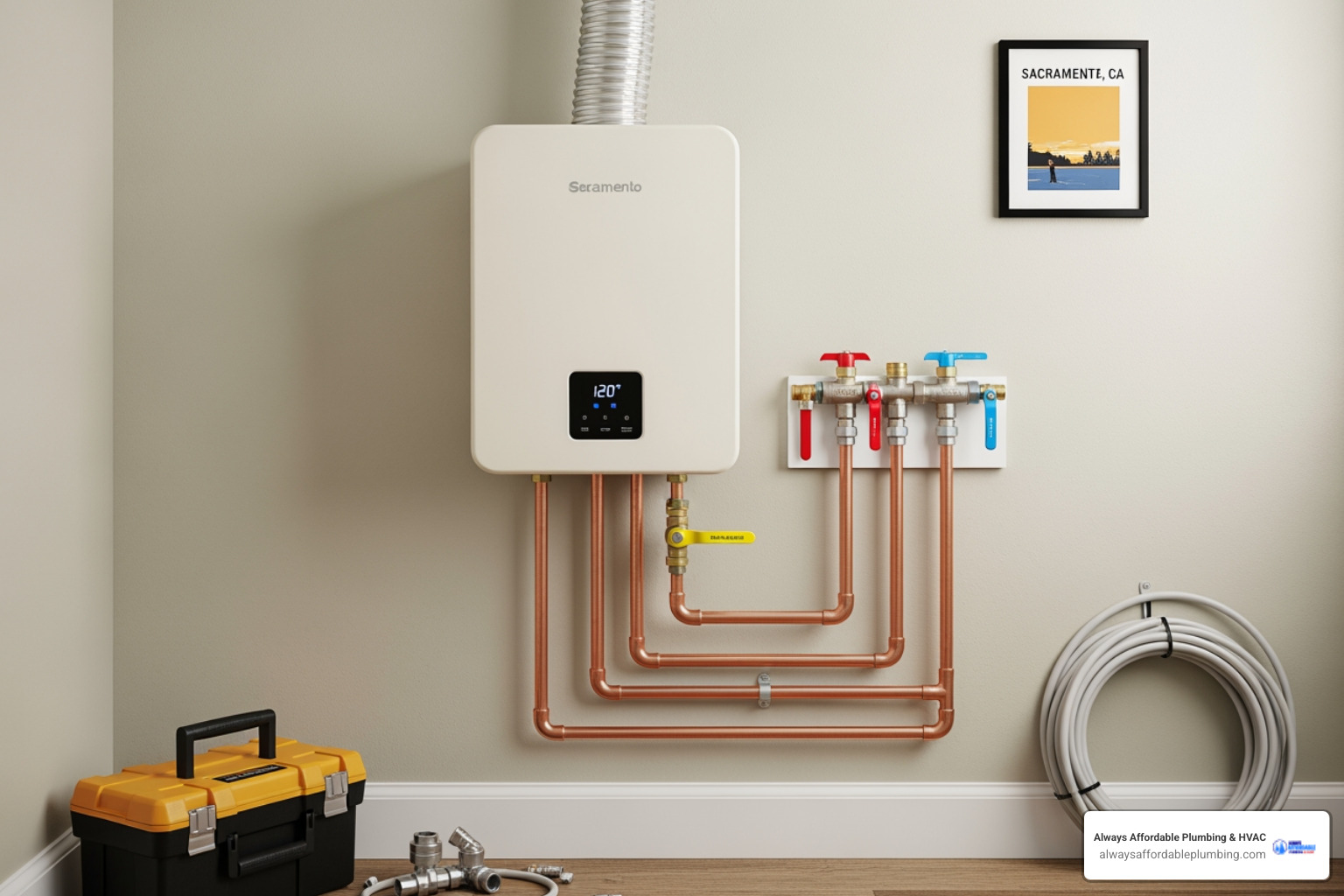
Common Signs You Need Electric Furnace Repair
When the Sacramento chill sets in, a functioning furnace isn't just a luxury—it's a necessity. Electric furnaces, while generally reliable, can develop issues that compromise your home's comfort and safety. Recognizing the early warning signs of a problem can save you from a complete breakdown and more extensive repairs down the line. Keep an eye out for these common indicators that your electric furnace may need professional attention.
- Lack of Heat or Insufficient Warmth: Perhaps the most obvious sign, if your furnace is running but not producing any heat, or the air coming from your vents isn't as warm as it should be, there's definitely an issue. This could point to a faulty heating element, a problem with the thermostat, or a tripped circuit breaker.
- Strange Noises: Furnaces typically operate with a low hum. Any new or unusual sounds—such as grinding, squealing, rattling, or banging—are red flags. Grinding noises often indicate a problem with the blower motor bearings, while rattling might suggest loose components or debris.
- Frequent Cycling: If your electric furnace is turning on and off more frequently than usual (short cycling), it could be struggling to maintain the desired temperature. This often signals an issue with the thermostat, a clogged air filter restricting airflow, or even an oversized unit.
- Blowing Cold Air: A furnace should be blowing warm air. If you feel cold air coming from your vents when the system is supposed to be heating, it might be due to a faulty heating element, a problem with the fan limit switch, or incorrect thermostat settings.
- Higher Energy Bills: A sudden and unexplained spike in your electricity bill without a corresponding change in usage patterns could indicate that your electric furnace is working harder than it should to heat your home. Inefficient operation means it's consuming more power to achieve less comfort.
- Burning Smell: While a slight burning dust smell can be normal when you first turn on your furnace for the season (as dust burns off the heating elements), a persistent or strong burning odor, especially one that smells like burning plastic or electrical components, is a serious concern. This could indicate overheating wires or a failing motor.
- Thermostat Malfunctions: If your thermostat isn't responding to adjustments, the display is blank, or the temperature readings seem inaccurate, the problem might originate there. A faulty thermostat can lead to your furnace not turning on, constantly running, or not reaching the set temperature.
- Tripped Circuit Breaker: Electric furnaces draw a significant amount of power. If your furnace repeatedly trips its dedicated circuit breaker, it's a strong indication of an electrical problem within the unit, possibly a short circuit or an overloaded heating element.
Ignoring these signs can lead to more severe damage, diminished comfort, and potentially higher repair costs. If you notice any of these symptoms with your electric furnace, it's always best to call a professional for a thorough inspection and repair. Always Affordable Plumbing is equipped to diagnose and resolve a wide range of electric furnace issues.
Why Sacramento Homes Experience This More Often
Sacramento's unique environment and housing characteristics can contribute to specific challenges for electric furnaces, making timely repair services particularly vital. Understanding these local factors helps homeowners prepare and maintain their heating systems effectively.
- Older Housing Stock: Many homes throughout Sacramento, particularly in established neighborhoods, feature older HVAC systems, including electric furnaces that have been in service for decades. These older units are naturally more prone to wear and tear, and their components can degrade over time, leading to frequent breakdowns and reduced efficiency. The original electrical wiring in some of these homes might also struggle to meet the demands of an aging electric furnace, contributing to electrical issues.
- Seasonal Temperature Fluctuations: While Sacramento is known for its scorching summers, the winters can bring surprisingly cold temperatures, often dipping into the low 30s or even below freezing. This variability means electric furnaces often go from periods of dormancy to intensive use, especially during sudden cold snaps. The stress of these on-off cycles and the demand to quickly warm a cold home can strain heating elements and motors, accelerating wear.
- Dust and Allergens: The Central Valley's agricultural landscape and dry climate mean that Sacramento homes often contend with significant amounts of dust, pollen, and other airborne particulates. These fine particles can easily accumulate in furnace filters and interior components, restricting airflow. A clogged filter forces the furnace to work harder, leading to overheating, reduced efficiency, and potential damage to the blower motor or heating elements.
- Power Grid Instability and Surges: Like any major metropolitan area, Sacramento can experience occasional power fluctuations or surges, especially during peak demand or stormy weather. While minor, repeated surges can stress electrical components within an electric furnace, such as control boards, relays, and heating elements, potentially causing them to fail prematurely.
- Hard Water (Indirect Impact): Although hard water doesn't directly affect electric furnaces, it's a common issue in Sacramento. If your home uses a humidifier integrated with your furnace, the hard water minerals can build up in humidifier components, indirectly affecting airflow or putting strain on the overall HVAC system.
- Lack of Regular Maintenance: Unfortunately, many Sacramento homeowners overlook the importance of annual furnace maintenance. Without regular inspections, cleaning, and tuning, minor issues can go unnoticed and escalate into major, costly repairs. Dust buildup, loose connections, and aging components are far more likely to cause problems when not addressed proactively.
Because of these factors, Sacramento residents often find themselves needing reliable electric furnace repair. Always Affordable Plumbing understands these local nuances and provides specialized service to address the specific challenges faced by homes in our community.
What Happens If You Ignore the Problem
Ignoring the warning signs of a malfunctioning electric furnace can lead to a cascade of problems, ranging from minor inconveniences to significant safety hazards and expensive repairs.
- Escalation of Minor Issues: A small issue, such as a dirty air filter or a slightly loose wire, can quickly worsen. For instance, a clogged filter forces your blower motor to work harder, which can lead to it overheating and failing entirely. A minor electrical glitch could become a short circuit, damaging the entire control board.
- Complete System Breakdown: The most immediate and inconvenient consequence of ignoring furnace issues is a total system failure. Imagine waking up to a freezing home during a Sacramento winter cold snap because your furnace finally gave out. This often happens at the most inconvenient times, requiring emergency repair services that can be more costly.
- Decreased Efficiency and Higher Utility Bills: A struggling furnace operates inefficiently. It has to work harder and longer to achieve the desired temperature, consuming significantly more electricity. This directly translates to noticeably higher utility bills, essentially costing you money every day the problem goes unaddressed.
- Safety Hazards: While electric furnaces don't pose a carbon monoxide risk like gas furnaces, they still present other safety concerns when faulty. Overheating electrical components can create a fire hazard. Faulty wiring can lead to short circuits, tripping breakers repeatedly, and potentially causing damage to your home's electrical system or even appliances.
- Reduced Indoor Air Quality: If your furnace's filters are clogged or its components are excessively dusty due to neglect, it can circulate dust, allergens, and other particulates throughout your home. This can exacerbate allergies and respiratory issues for residents, leading to an uncomfortable and unhealthy living environment.
- Premature System Replacement: What might have been a simple, affordable repair if caught early can turn into a necessary full system replacement if ignored for too long. When major components like the blower motor or heating elements are severely damaged due to neglect, the cost of repair can approach or even exceed the cost of a new furnace, forcing you into an unplanned and expensive replacement.
- Discomfort and Stress: Living in a home that isn't adequately heated during colder months is not only uncomfortable but also stressful. The constant worry about your furnace, the cold air, and the anticipation of a breakdown can significantly impact your daily life and peace of mind.
Don't let a small furnace problem become a large headache. At the first sign of trouble, reach out to Always Affordable Plumbing for professional electric furnace repair. We can help prevent these avoidable consequences and restore comfort to your Sacramento home.
Frequently Asked Questions
Understanding your electric furnace and the common issues it might face can help you make informed decisions about its maintenance and repair. Here are some frequently asked questions from Sacramento homeowners:
How does an electric furnace work?
An electric furnace works by using electric heating elements to generate heat. When the thermostat calls for heat, electricity flows through these elements, which glow red hot. A blower fan then pushes air across these hot elements, warming the air, which is then distributed throughout your home via the ductwork.
What's the typical lifespan of an electric furnace?
With proper maintenance, an electric furnace typically lasts between 15 to 20 years. Factors like usage frequency, regular servicing, and the quality of the initial installation can influence its longevity. Older units might start experiencing more frequent issues as they approach the end of their lifespan.
Is electric furnace repair expensive?
The cost of electric furnace repair varies widely depending on the specific issue and the parts needed. Minor repairs, like replacing a capacitor or a thermostat, are generally inexpensive. More significant repairs, such as replacing the blower motor or multiple heating elements, will be more costly. Always Affordable Plumbing provides upfront pricing after diagnosis so you know the cost before any work begins.
How often should I have my electric furnace serviced?
It's highly recommended to have your electric furnace serviced annually, ideally in the fall before the heating season begins. Regular professional maintenance helps ensure optimal efficiency, extends the lifespan of your unit, and can catch potential problems early, preventing costly breakdowns.
Can I repair my electric furnace myself?
While some very basic tasks like changing the air filter can be done by homeowners, most electric furnace repairs should be left to qualified professionals. Electric furnaces involve high voltage electricity, which can be extremely dangerous if mishandled. Attempting complex repairs without proper training can lead to serious injury or further damage to the unit.
Why is my electric furnace blowing cold air?
If your electric furnace is blowing cold air, it could be due to a few reasons. Common culprits include a tripped circuit breaker, a faulty heating element (or multiple elements), an issue with the thermostat not correctly calling for heat, or even a problem with the fan limit switch. Professional diagnosis is recommended to identify the exact cause.
What does a burning smell from my electric furnace mean?
A slight burning dust smell when you first turn on your furnace for the season is usually normal as accumulated dust burns off the heating elements. However, a persistent, strong burning smell, especially one resembling burning plastic or electrical wires, is a serious concern. It could indicate overheating components or faulty wiring and requires immediate professional attention to prevent fire hazards.
Why is my electric bill so high with an electric furnace?
Electric furnaces are known to be efficient at converting electricity to heat, but electricity itself can be more expensive than natural gas. If your electric bill is unusually high, it could be due to an aging or inefficient furnace, a clogged air filter forcing the unit to work harder, poor home insulation, or simply higher usage during a particularly cold period. Professional maintenance can help identify inefficiencies.
Do electric furnaces use a lot of electricity?
Yes, electric furnaces are significant consumers of electricity, especially compared to natural gas furnaces for the same heat output, primarily because electricity rates can be higher than gas rates. However, modern electric furnaces are designed to be as efficient as possible. Factors like your home's insulation and thermostat settings also play a large role in overall electricity usage.
Other Blogs
Customer Testimonials
See what our satisfied customers have to say about their experience with Always Affordable
Plumbing & HVAC.
Latest Blog Posts


Who can I call in Sacramento for the best way to clean drain pipes professionally?






